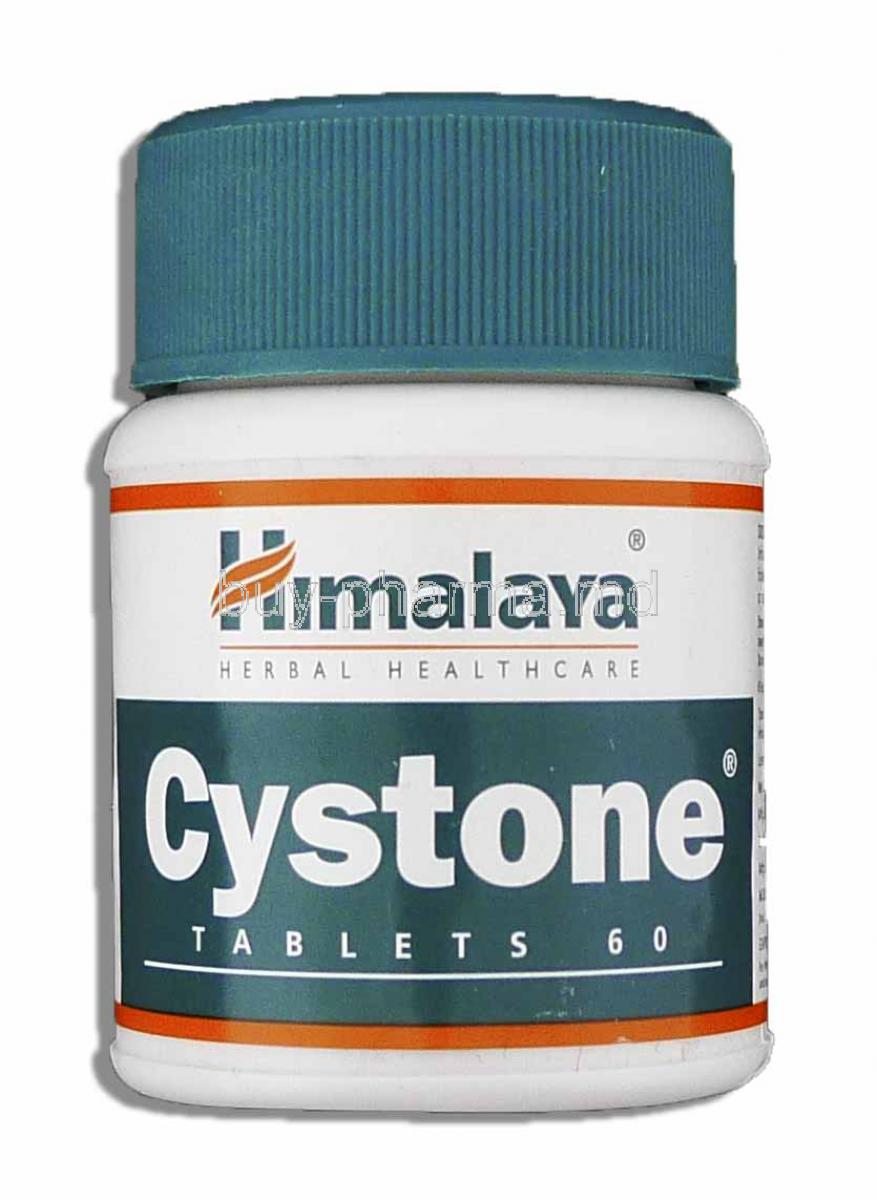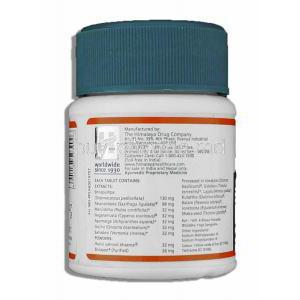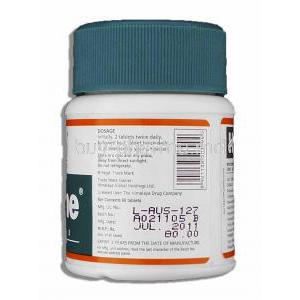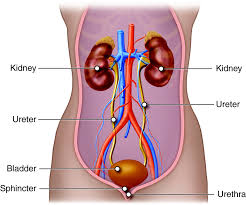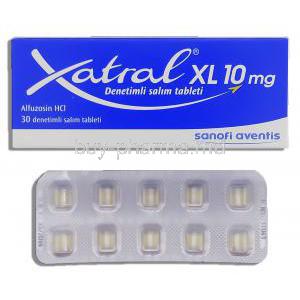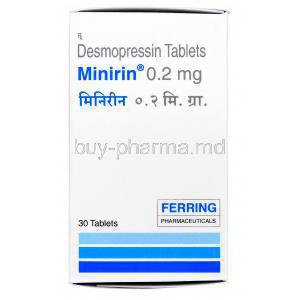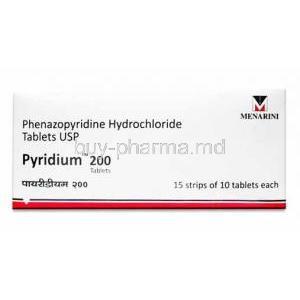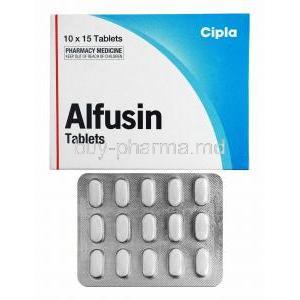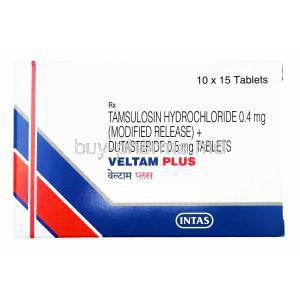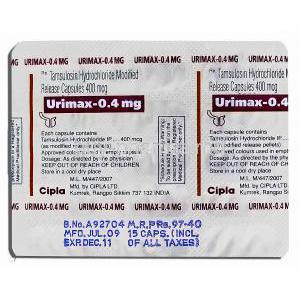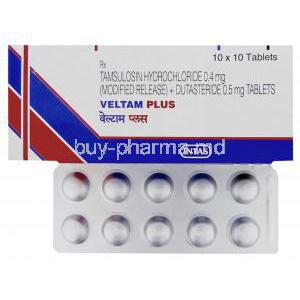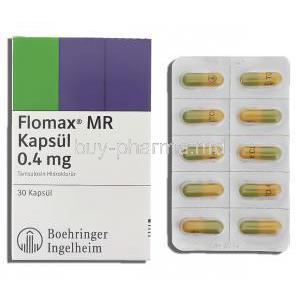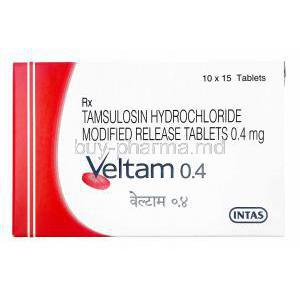Himalaya Cystone
- 1. Introduction to Himalaya Cystone
- 2. Cystone Tablet uses
- 3. Mechanism of Action: How Himalaya Cystone Works
- 4. Composition and Active Herbal Ingredients
- 5. Recommended Dosage and Method of Administration
- 6. Cystone Side Effect
- 7. Drug and Herbal Interactions
- 8. Warnings and Contraindications for Use
- 9. Precautions and Guidelines for Safe Use
- 10. Safe Administration in Specific Populations
- 11. Overdose Risk and Management
- 12. Storage Conditions and Handling Precautions
1. Introduction to Himalaya Cystone
Overview of Himalaya Cystone: Purpose and Formulation
Himalaya Cystone is a proprietary Ayurvedic formulation designed to support urinary tract and kidney health. Blending centuries-old herbal wisdom with modern manufacturing, Cystone targets common urological complaints such as kidney stones and urinary infections using a multi-herb approach.
Traditional Ayurvedic Principles Behind Cystone
Cystone is deeply rooted in Ayurvedic pharmacology, utilizing herbs known for their Mutravirechana (diuretic), Shothahara (anti-inflammatory), and Ashmarihara (anti-urolithic) properties. It aligns with holistic principles that emphasize systemic detoxification and urinary tract balance.
Overview of Targeted Conditions and Preventive Use
This formulation is primarily used for:
- Managing and preventing kidney stones (nephrolithiasis)
- Treating and reducing the recurrence of urinary tract infections (UTIs)
- Soothing urinary tract inflammation and relieving crystalluria
Available Forms: Tablets, Syrup, and Their Differences
Cystone is available in two primary forms:
- Tablets: Preferred for long-term and adult use, offering standardized dosage
- Syrup: Designed for pediatric or elderly patients who have difficulty swallowing tablets
Both formulations contain the same active herbs but differ in convenience and palatability.
2. Cystone Tablet uses
2.1 Primary Therapeutic Uses
Prevention and Treatment of Urinary Tract Infections (UTIs)
Cystone for kidney stones
Management of Crystalluria and Urinary Tract Irritation
2.2 Off-Label and Complementary Uses
Supportive Care in Benign Prostatic Hyperplasia (BPH)
Due to its urinary tract soothing effects, Cystone is occasionally used to reduce urinary symptoms in mild to moderate Benign Prostatic Hyperplasia cases.
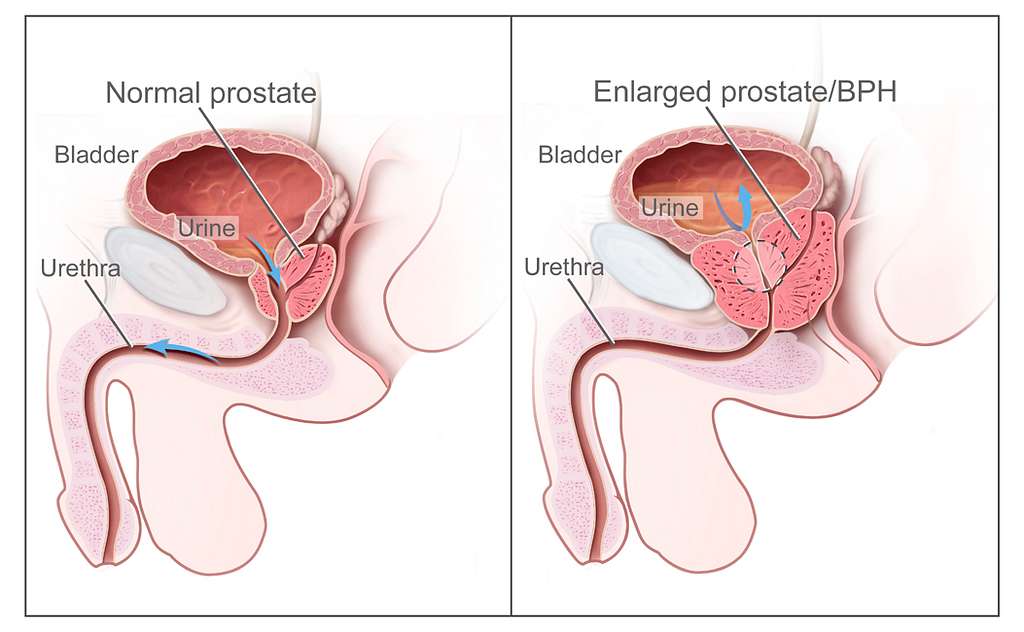
Adjunctive Use in Hyperuricemia and Gout
The formula's diuretic action may support uric acid elimination, offering a complementary role in managing gout symptoms.
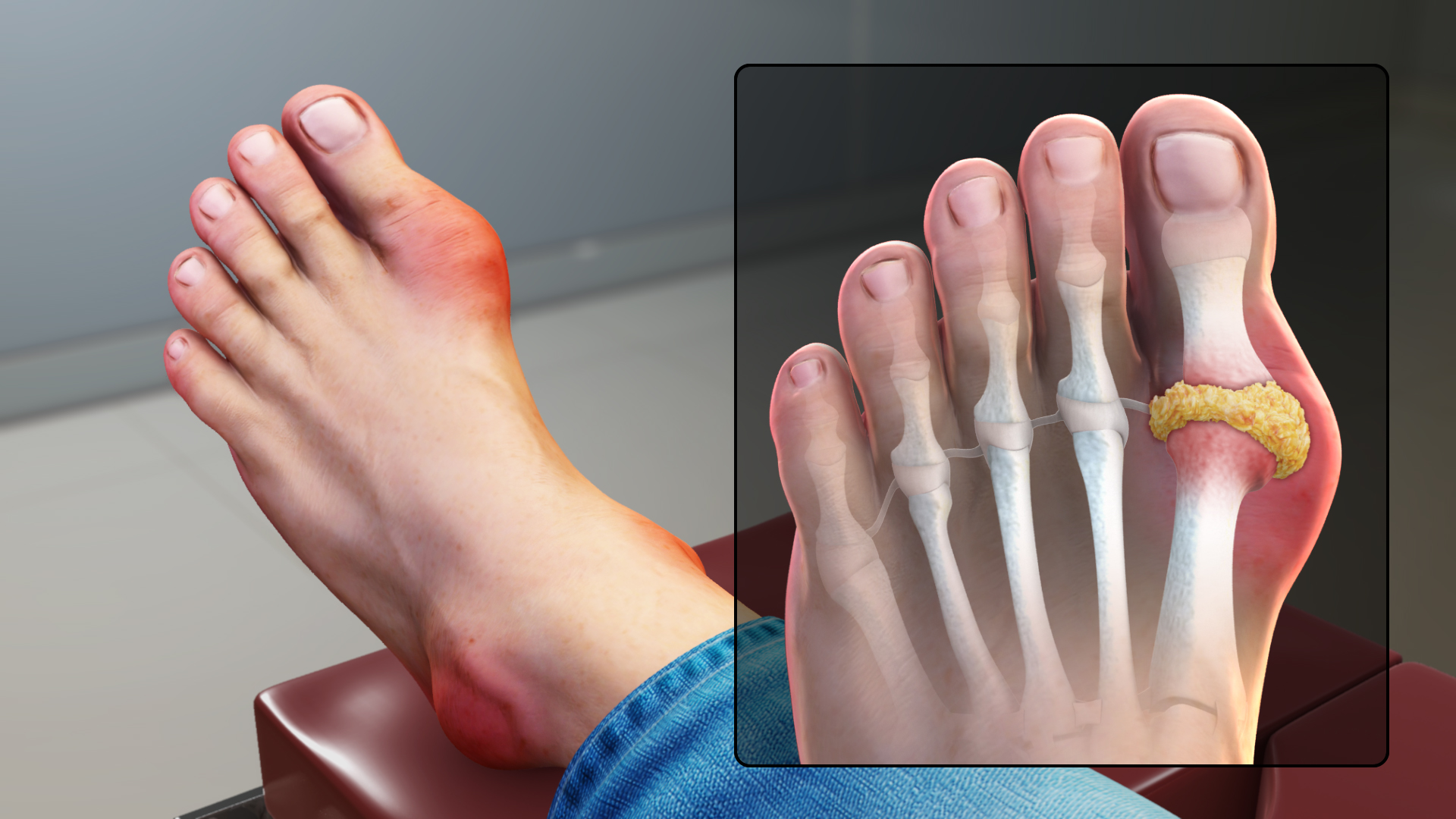
Alleviation of Recurrent Cystitis in Women
By enhancing urinary hygiene and immunity, Cystone helps prevent recurring bladder infections often experienced by women.
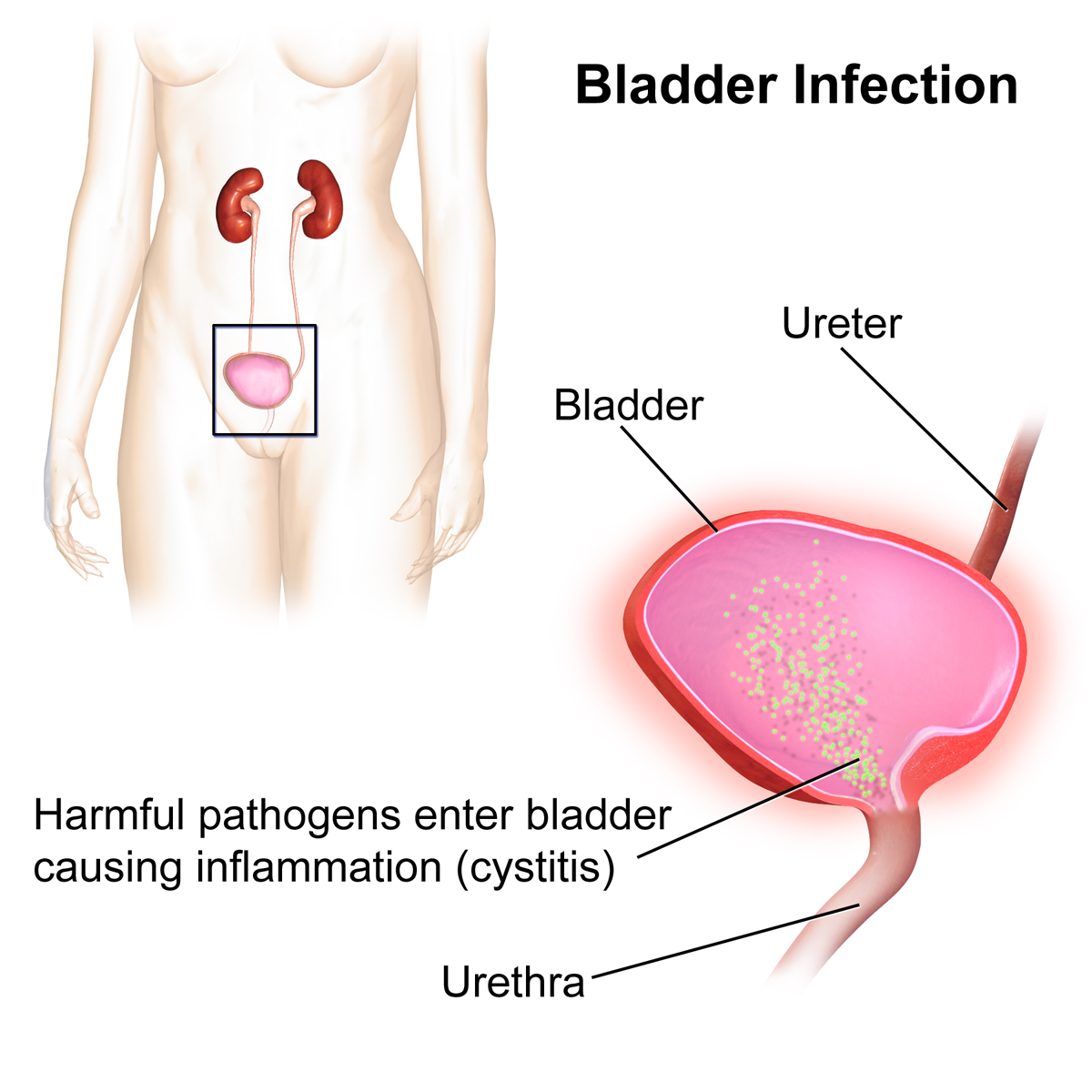
Detoxification in Ayurvedic Kidney Care Regimens
Cystone is incorporated into holistic detox programs, promoting renal cleansing and urinary system equilibrium.
3. Mechanism of Action: How Himalaya Cystone Works
Herbal Synergism for Diuretic, Antimicrobial, and Litholytic Effects
The herbs in Cystone function in synergy to promote urine flow, reduce microbial presence, and dissolve calculi, enhancing renal filtration and protection.
Crystallization Inhibition and Stone Dissolution Process
Cystone interferes with the mucin binding of crystals, preventing stone nucleation and promoting their disintegration and elimination through urine.
Anti-inflammatory and Antiseptic Actions in the Urinary Tract
Herbs like Rubia cordifolia exhibit potent anti-inflammatory activity, reducing burning sensations and urinary urgency.
Muscle Relaxant Properties for Urinary Tract Smooth Muscle
By relaxing the smooth muscle of the urinary tract, Cystone eases the passage of small stones and reduces spasmodic pain.
4. Composition and Active Herbal Ingredients
Key Botanicals: Didymocarpus, Saxifraga Ligulata, Rubia Cordifolia
- Didymocarpus pedicellata: Renowned for its litholytic and nephroprotective activity
- Saxifraga ligulata: Helps in the disintegration and expulsion of kidney stones
- Rubia cordifolia: Offers anti-inflammatory and antimicrobial benefits
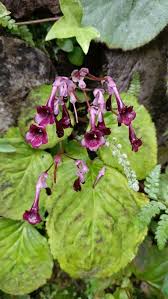
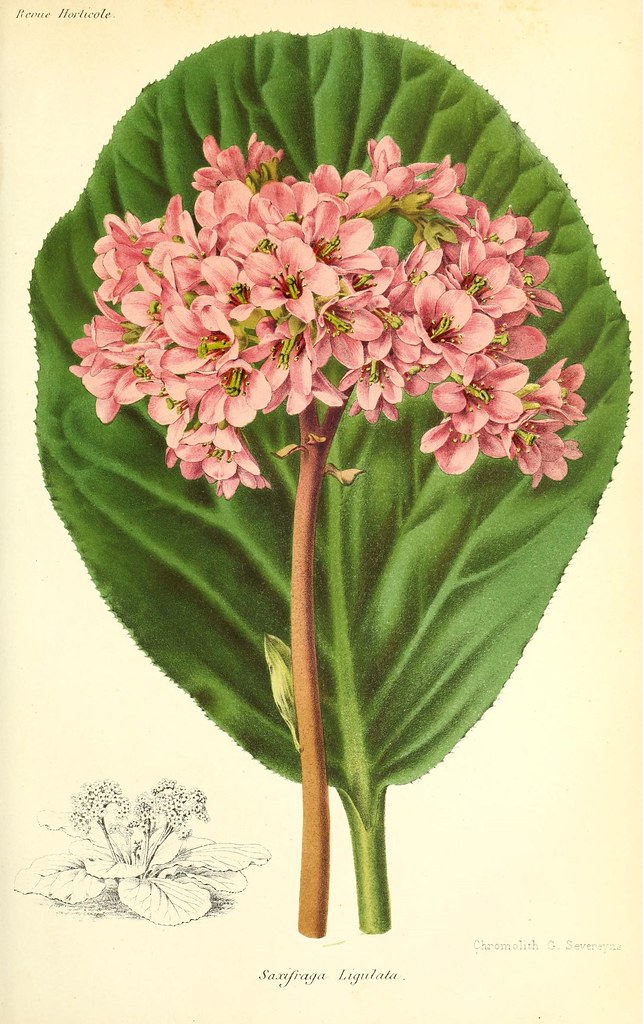

Supporting Ingredients and Their Pharmacological Roles
Other ingredients include Cyperus and Achyranthes, which collectively enhance diuresis, reduce urinary stasis, and combat infection.
Scientific Rationale Behind the Polyherbal Blend
The formulation leverages multi-targeted phytotherapeutics, combining individual effects into a comprehensive renal wellness strategy.
5. Recommended Dosage and Method of Administration
5.1 Dosage Guidelines for Adults
- For prevention: 2 tablets twice daily
- For treatment: 2 tablets three times daily
Duration may range from 4 weeks for infections to several months for stone dissolution.
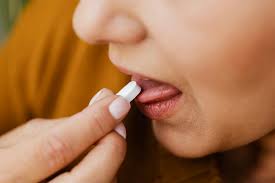
5.2 Dosage Adjustments for Special Populations
- Renal-impaired patients should use under medical supervision
- May be co-administered with antibiotics or anti-inflammatory drugs for synergistic effect
5.3 Administration Instructions
- Best taken after meals for improved gastrointestinal tolerance
- Ensure high fluid intake throughout the day to aid excretion
- Syrup: Shake well before use and measure with the provided spoon

6. Cystone Side Effect
6.1 Overview of Reported Side Effects
While generally well tolerated, some users may experience:
- Mild gastrointestinal issues like nausea or bloating
- Occasional skin rash or itching in sensitive individuals
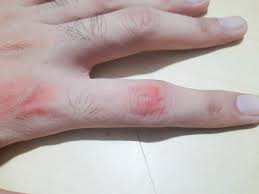
6.2 How to Manage and Minimize Side Effects
- Taking the medication after meals can reduce stomach upset
- Discontinue use and consult a physician if allergic reactions occur
7. Drug and Herbal Interactions
- May enhance the effect of diuretics, requiring dose adjustments
- Possible additive action with antibiotics during UTI treatment
- Monitor when used with urinary alkalinizers or medications for prostate issues
8. Warnings and Contraindications for Use
8.1 Who Should Avoid Cystone
- Individuals with known allergy to any herbal component
- Patients with urinary tract obstructions needing surgical intervention

8.2 Specific Health Conditions Requiring Caution
- Not recommended in cases of severe renal failure or anuria
- Use cautiously in patients with hematuria of unknown cause or suspected malignancy
9. Precautions and Guidelines for Safe Use
Importance of Medical Diagnosis Before Use
While Himalaya Cystone is a natural herbal formulation, it is essential to undergo a proper medical evaluation before starting the supplement. Conditions such as kidney stones, urinary infections, or obstructive uropathy can mimic other serious disorders. Accurate diagnosis helps ensure appropriate treatment and prevents masking of underlying pathology.
Monitoring Renal Function During Prolonged Use
For individuals using Cystone for an extended period, especially in chronic stone formers or recurrent UTI cases, it is advisable to monitor renal function periodically. This includes serum creatinine, glomerular filtration rate (GFR), and urinalysis to ensure kidney function is not compromised.

Avoiding Self-Medication for Severe Infections or Stone Pain
Cystone is not a substitute for antibiotics in severe or systemic infections. Individuals with fever, chills, or flank pain should avoid self-treatment and seek prompt medical care. Likewise, acute colicky pain from a large obstructive stone may require urgent urological intervention, not herbal support alone.
10. Safe Administration in Specific Populations
10.1 Elderly Patients
Adjustments Based on Comorbidities and Medication Burden
Elderly patients often present with multiple health issues and are on polypharmacy regimens. Careful review of existing medications is crucial to avoid potential herb-drug interactions. Dosage adjustments may be necessary based on hepatic and renal reserve.
Renal Monitoring in Long-Term Use
Due to age-related decline in renal function, periodic kidney function tests should be conducted in elderly users. This ensures safety, especially when Cystone is taken continuously over several months.
10.2 Pregnant and Nursing Women
Current Research on Safety During Pregnancy
Limited clinical data are available regarding the use of Cystone during pregnancy. Though traditionally considered safe, it is prudent to consult an obstetrician before initiating therapy to avoid inadvertent risks to the fetus.
Recommendations for Use During Lactation
There is insufficient evidence on the excretion of Cystone's herbal constituents into breast milk. Hence, its use in lactating women should be supervised by a healthcare provider, particularly when the infant has renal immaturity or low birth weight.

10.3 Pediatric Use and Guidelines
Minimum Age for Safe Administration
Cystone syrup may be administered to children over the age of two, under pediatric supervision. The tablet form is generally reserved for older children and adolescents who can safely swallow pills.
Use in Recurrent Pediatric UTIs: Dosing and Duration
In pediatric patients with recurring UTIs, Cystone syrup may be given for supportive care. Dosage should be based on age and weight, and treatment duration should not exceed the physician-recommended timeframe to avoid dependency or delayed diagnosis of structural anomalies.
11. Overdose Risk and Management
Symptoms of Overdose and Excessive Consumption
Although herbal products like Cystone have a high safety margin, consuming significantly above the recommended dose may lead to gastrointestinal discomfort, nausea, or mild electrolyte imbalance due to diuretic effects.
Recommended First Aid and Medical Actions
In case of overdose, discontinue use immediately. Provide adequate hydration and seek medical consultation. Activated charcoal is typically not required, but symptomatic management may be necessary in sensitive individuals.
12. Storage Conditions and Handling Precautions
12.1 Storage Instructions
To maintain the integrity and efficacy of Cystone:
- Store at room temperature between 15°C to 30°C (59°F to 86°F)
- Keep the product in its original packaging, tightly closed
- Avoid exposing the container to direct sunlight, heat, or excessive humidity
12.2 Handling and Shelf-Life Monitoring
- Always check the expiration date before use
- Do not use tablets or syrup if the packaging is damaged or discolored
- Dispose of expired or unused medication in accordance with local pharmaceutical disposal guidelines to avoid contamination
Himalaya Cystone FAQ
- What is Himalaya cystone used for?
- What is the success rate of Cystone?
- Is Himalaya cystone good for uric acid?
- Can Cystone dissolve a kidney stone?
- How do you prevent kidney stones?
- What passes kidney stones faster?
- What are the side effects of taking cystone tablets?
- How many days it will take to cure kidney stone?
- What is the fastest way to dissolve a kidney stone?
- What are the worst foods for kidney stones?
- Can cystone reduce creatinine?
- What is Himalaya Cystone for?
What is Himalaya cystone used for?
One known supplement is Himalaya Cystone, which helps prevent the development of crystals in the urinary tract.
What is the success rate of Cystone?
95%
Is Himalaya cystone good for uric acid?
Recommended for averting and managing urolithiasis in adults and children (formation of kidney stones) encompassing calcium oxalate stones, calcium and phosphate stones, along with uric acid.
Can Cystone dissolve a kidney stone?
Cystone breaks down the stones and crystals by targeting the mucin that holds them together.
How do you prevent kidney stones?
Remember to drink plenty of water to keep yourself hydrated. It helps prevent kidney stones by diluting your urine and stopping the formation and growth of kidney stones in your body. Reduce the consumption of animal protein in your diet. Watch your salt intake. Try to limit it. Ensure that you are getting an amount of calcium from your diet.
What passes kidney stones faster?
To speed up the passing of kidney stones, it's beneficial to stay hydrated by drinking water and fluids to aid in flushing them out of your system. Those experiencing discomfort can find relief by using pain relief medications like ibuprofen or acetaminophen.
What are the side effects of taking cystone tablets?
Cystone is generally considered to be safe when used according to the recommended dosage.
How many days it will take to cure kidney stone?
3-6 weeks
What is the fastest way to dissolve a kidney stone?
To help with the passage of a kidney stone, it's recommended to stay hydrated by drinking fluids such as water, fruit juices (like lemon and citrus), and celery juice. You can also try adding some apple cider vinegar (AC).
What are the worst foods for kidney stones?
Decreased pain and changes in urine color
Can cystone reduce creatinine?
Yes
What is Himalaya Cystone for?
For urinary tract and renal care medication

